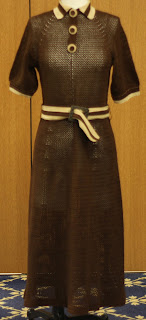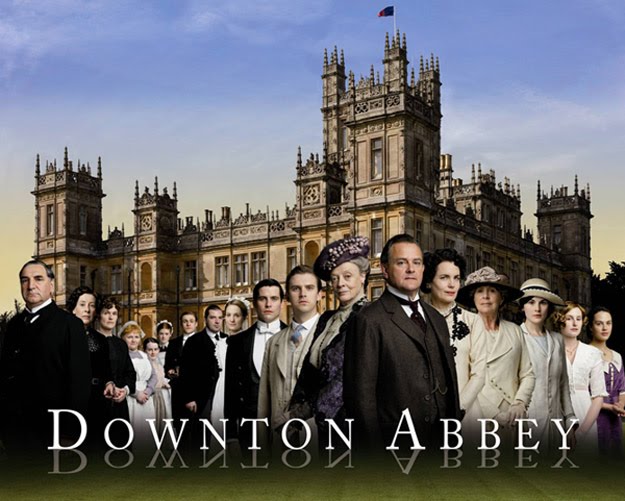A Walk through Time in Fashion
The collection will be on exhibit in the Wrights Administration Building through April. We hope you get an opportunity to see this rare collection on clothing as well as a unique hat and accessories display out side the University Archive & Special Collections on the 3rd floor of the Rice Library.
 In
2012 the University Special Collections received a generous gift of historical
clothing worn by generations of the Cooper/Beardsley/Montgomery/Gordon
Family. The Beardsley Collection, as it
is known, includes not only the items on display here but also an assortment of
women’s, men’s, and children’s clothing and accessories from the period 1860
through 1970.
In
2012 the University Special Collections received a generous gift of historical
clothing worn by generations of the Cooper/Beardsley/Montgomery/Gordon
Family. The Beardsley Collection, as it
is known, includes not only the items on display here but also an assortment of
women’s, men’s, and children’s clothing and accessories from the period 1860
through 1970.
The matriarch of the family, Martha Cooper Beardsley (1831—1922),
was born in Ithaca, New York, and married Sherman Miller Beardsley. The Beardsleys had their second daughter Harriet “Hattie” Ethel Beardsley
(1863—1959) and eventually the family relocated to the town of Bourbon in
Douglas County, Illinois.
Hattie went on to marry a gentleman,
James Montgomery, from Gibson County, Indiana and the young family relocated to
Owensville, Indiana. There the
Montgomery’s had two daughters, Ruth
Montgomery (1891—1975) and Martha Louisa.
Young Martha Louisa Montgomery (1899—1982) wed Ronald M. Gordon of
Owensville and they went on to have four children. The Gordon’s second child, James Montgomery Gordon (1926—2001),
continued the line of the Cooper/Beardsley/ Montgomery/Gordon family.
This collection is gifted to the
University Special Collections by James Gordon’s wife, Mrs. Evadean Gordon. Mrs.
Gordon has also shared her thorough documentation of the clothing as to the
names of family members that wore the items during specific time periods. This collection of historical clothing and
accessories will continue to benefit the USI community as it tells the story of
our region to future generations.
Susan Colaricci Sauls
Art Collection Registrar
Curator’s
Statement
A
personal love for fashion and vintage clothing made curating this exhibit an
exciting endeavor! The articles of
clothing in this display were selected based on their integrity as vintage
pieces, as well as what I believed would represent the wide range of clothing
and accessories from the Beardsley Collection.
In addition, I considered how outfits would be coordinated and how
separate items complimented each other best, despite being from different time
periods. At the end of my selection
process, the pieces chosen from the collection spanned between the late 1890s
through the early 1970s. Today it is
common to see fashion designers, celebrities, and the everyday person wear an
outfit that mixes clothing made today with vintage pieces.
How does fashion convey a culture and its values? While assembling and researching clothing
for this exhibit, I thought about the similarities and differences between
fashion from the time periods of the Beardsley Collection and present day
fashion and what the similarities and differences indicate. Many present day clothing designers are
inspired by designs from the past.
Vintage silhouettes are a reoccurring contemporary fashion trend despite
the fact that our society treats fashion as a sort of “fast food” that is
quickly consumed and thrown out. I have
observed that consumers buy clothes at a higher rate than in earlier decades,
yet clothes are not made with as much attention to detail and do not last as
long. As someone who is interested in
fashion, I purchase vintage clothing because it is well made and more authentic
than the imitation vintage items found at popular retailers.
The
Beardsley Collection indicates that society in a previous era put a great deal
of importance on dressing in a complete outfit from head to toe and valued and
cared for their clothing. They believed
it was important to keep something that was well made and now preserves history. Before curating this exhibit I had an
interest in vintage fashion and now after this experience I see that fashion is
continually changing while being inspired by the past.
Adrienne M. Eades
James A. Sanders Fellow
2012--2013














